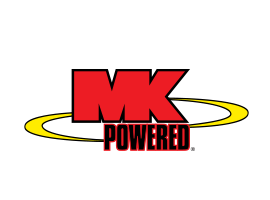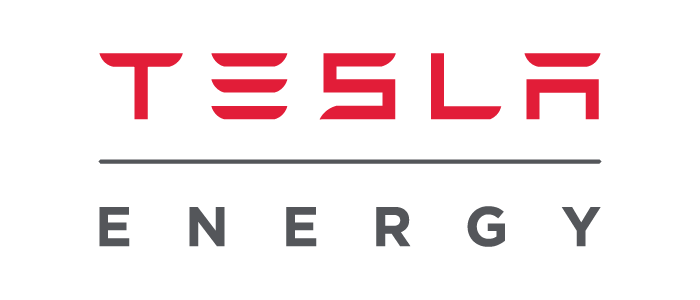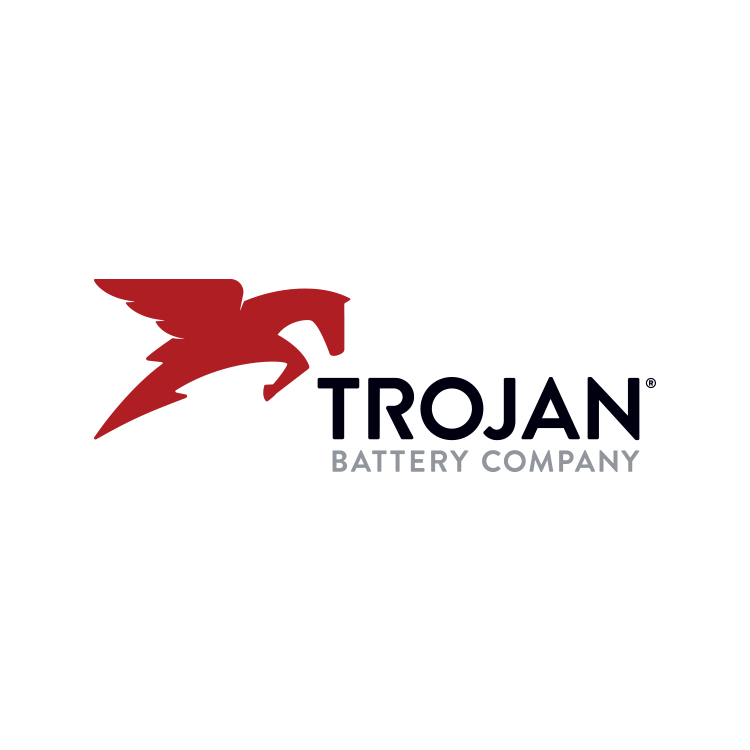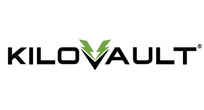Solar Batteries
Batteries can be used in many solar installations (both grid-tied and off-grid) to store DC energy generated by the solar panel collectors. Most solar batteries are deep-cycle cells, allowing them to be less susceptible to degradation as a result of regular cycling. SunWatts carries all kinds of storage batteries including reliable flooded, deep cycle, sealed lead acid, absorbed glass mat (AGM), gelled electrolyte (GEL), Lithium Iron (LiFePo4), or Lithium Ion (Li-On) from Generac, LG Chem, Panasonic, or Tesla to power demanding backup and off-grid systems, day or night.
About Batteries for Solar Systems
AGM, or Absorbed Glass Mat, batteries are completely sealed, which prevents spills and corrosive fumes. These maintenance-free batteries are ideally suited for grid-tied solar systems. Although they used to be relatively expensive, their price has come down in recent years, making them a great choice for most homeowners.
Gel batteries are lead acid batteries made with a highly viscous gelled electrolyte. Gel batteries must be charged at a slower pace than AGM batteries, but are well-suited for systems where discharge rates are less than severe.
Flooded batteries, also known as wet cells, are the most common lead-acid battery-type in use today. They offer long-life and the most size and design options for many different uses.
How much power can a solar battery produce?
Solar batteries do not produce power. They store power generated from solar panels, or the utility grid, for use when needed. Power, or watt power (Wp), is calculated as Volts x Amps. Therefore a 100 Amp hour battery operating at 6 Volts can store 600 watt hours, or 0.6 kWh, of DC power. With a 50% depth-of-discharge (DOD) rate to extend the battery life, the 100 Ah battery could deliver 0.3 kWh of daily DC power. Compare this to how many kWh you use everyday.
What is the difference between AGM and Gel batteries?
Both AGM and Gel batteries utilize oxygen recombination and pressure relief valves to minimize water loss and allow maintenance-free operation. That is where the similarities end. AGM batteries have the advantage of being mountable in any orientation without capacity loss, have lower internal impedance to support high load currents, and have better capacity at low temperatures. Gel batteries must be mounted upright to prevent air pockets from forming that will burn out the plates. They have inferior performance at high discharge rates and low temperatures.



























